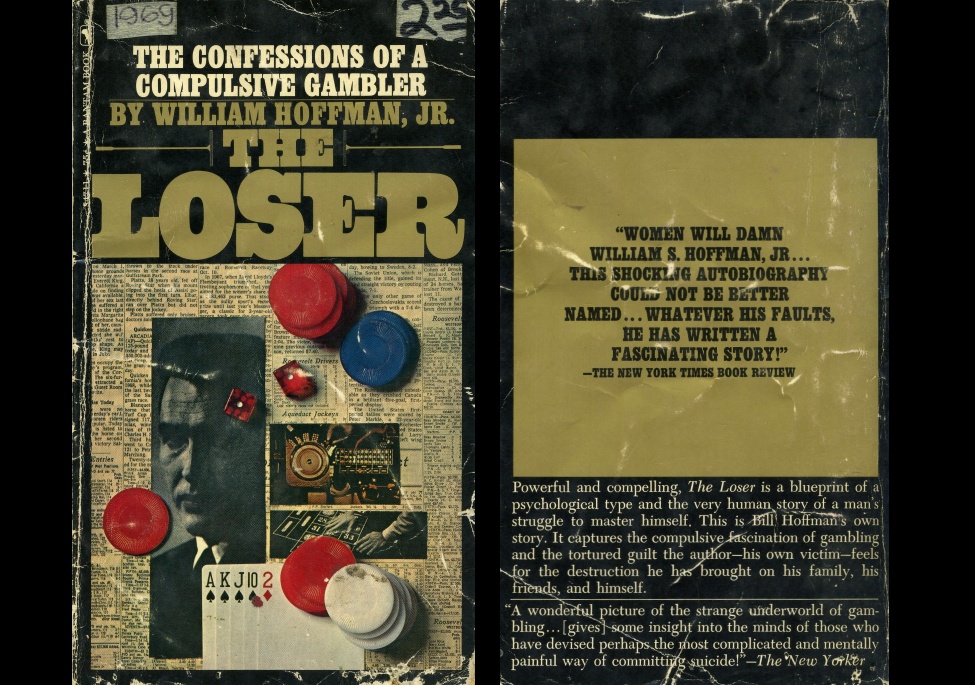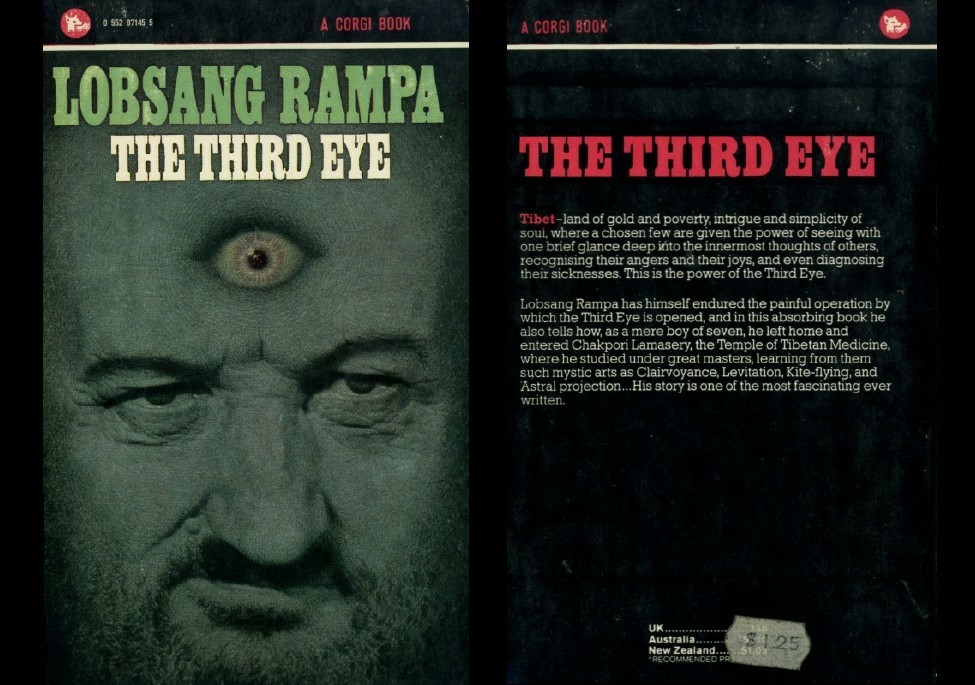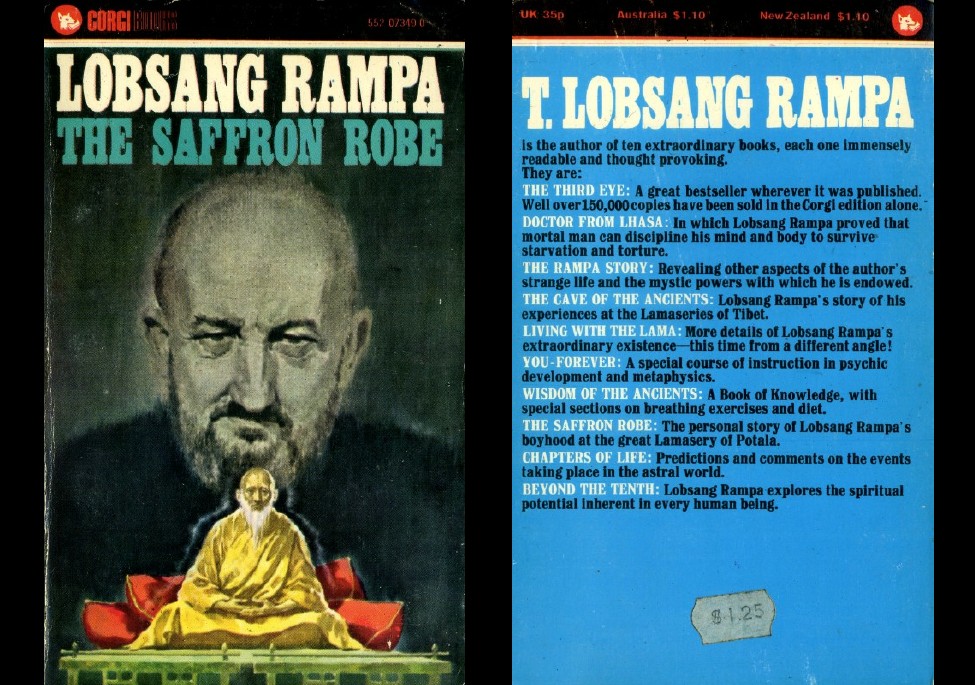
What) In November
1956, a book called The Third Eye was published in the United
Kingdom. It was written by a man named Tuesday Lobsang Rampa
and purported to relate his experiences while growing up in a
monastery in Tibet after being sent there at the age of seven.
The title of the book is derived from an operation, similar to
trepanation, that Rampa claimed he had, in which a small hole
was drilled into his forehead to arouse the third eye and
allow stronger powers of clairvoyance.
The manuscript of The Third Eye had been
turned down by several leading British publishers before being
accepted by Secker and Warburg for an advance of £800. Prior
to the book's publication, Fredric Warburg sent the manuscript
of the unpublished book to a number of scholars, several of
whom expressed doubts about its authenticity. Nevertheless,
the book was published in November 1956 and soon became a
global bestseller. The Times Literary Supplement said of the
book: "It comes near to being a work of art."
Explorer and Tibetologist Heinrich Harrer
was unconvinced about the book's origins and hired a private
detective from Liverpool named Clifford Burgess to investigate
Rampa. The findings of Burgess' investigation were published
in the Daily Mail in February 1958. It was reported that the
author of the book was a man named Cyril Henry Hoskin, who had
been born in Plympton, Devon in 1910 and was the son of a
plumber. Hoskin had never been to Tibet and spoke no Tibetan.
In 1948, he had legally changed his name to Carl Kuon Suo
before adopting the name Lobsang Rampa.
Rampa was tracked by the British press to
Howth, Ireland and confronted with these allegations. He did
not deny that he had been born as Cyril Hoskin, but claimed
that his body was now occupied by the spirit of Lobsang Rampa.
According to the account given in his third book, The Rampa
Story, he had fallen out of a fir tree in his garden in Thames
Ditton, Surrey while attempting to photograph an owl. He was
concussed and on regaining his senses had seen a Buddhist monk
in saffron robes walking towards him. The monk spoke to him
about Rampa taking over his body and Hoskin agreed, saying
that he was dissatisfied with his current life. When Rampa's
original body became too worn out to continue, he took over
Hoskin's body in a process of transmigration of the
soul. Rampa maintained for the rest of his life that The
Third Eye was a true story. (1)
Why) I was
on my way back to the motel carrying a small backpack already
loaded with purchases from The Bookshop
when I happened by one of those little signs advertising a
garage sale. I decided to wander in and ended up
purchasing 4 related paperback novels by Tuesday Lobsang
Rampa. I did not read the What section above until after
I had read the first book. 
Or this one either but I think I will start it first.


I bought this one because I liked the cover. You can guess whether I am referring to the back or the front.

I bought this one because I am always trying to further my understanding about what motivates human beings.

I bought this last one because I find the front cover compelling for some reason.







